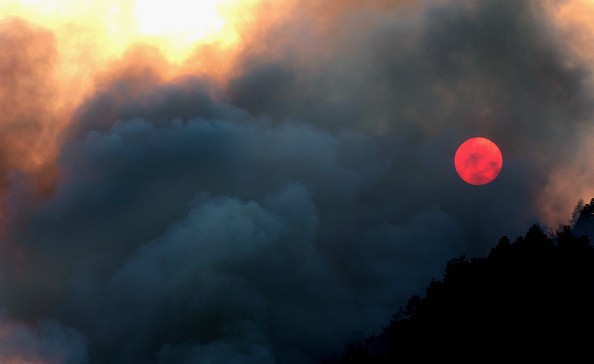On Monday, over 60 policy experts and scientists said that global-scale engineering programs whose purpose is to make Earth's surface cool and decrease the impact of global warming are potentially dangerous and should be prohibited by governments.
They claim that even if the most widely disputed scheme for so-called solar radiation modification (SRM) turned back a critical proportion of the Sun's rays, as intended, the repercussions could outweigh any benefits, they wrote in an open letter to the editors of the journal Nature Climate Change.

Prevention of Solar Geoengineering
According to a letter and a commentary in WIREs Climate Change, solar geoengineering cannot be regulated worldwide in a fair, inclusive, and effective manner. Solar geoengineering as a climate policy option should not be normalized.
A rise of 1.1 degrees Celsius above the mid-19th century level has increased the severity, frequency, and duration of lethal heat waves as well as the frequency and intensity of droughts, according to Science Alert.
Global warming has been agreed to be limited to a maximum of 1.5 degrees Celsius above pre-industrial levels, but UN-backed scientists have predicted that that threshold will be crossed within a decade.
As a result of the failure to curb greenhouse gas emissions that cause global warming, some policymakers are turning to solar geoengineering, which was largely regarded as science fiction not long ago.
Dimming the Sun's Radiative Force
Adding a substantial amount of reflecting particles to Earth's upper atmosphere has long been known to reduce its temperature.
The debris from Mount Pinatubo's 1991 eruption in the Philippines lowered Earth's average surface temperature for more than a year.
Nature can do the same thing. However, the open letter stated that there are numerous grounds to oppose such a decision.
Artificially reducing the Sun's radiant force could interrupt rainy seasons in South Asia and western Africa, destroying crops that provide food for hundreds of millions of people.

Unexpected Outcomes
The Intergovernmental Panel on Climate Change (IPCC) claimed in its most current scientific assessment that sulfate injection weakens the African and Asian summer monsoons and promotes dryness in the Amazon.
Another study this year found that SRM might significantly reduce the likelihood of drought in southern Africa. Science also worries about "termination shock" if seeding the atmosphere with Sun-blocking particles suddenly ceases to exist.
Furthermore, the technology would not be able to stop the continued accumulation of CO2 in the atmosphere, which is altering the ocean's chemistry in a tangible way.
Furthermore, the open letter warns that increasing hopes for a speedy answer for climate change may disincentivize governments, corporations and society to do their upmost to achieve decarbonization or carbon neutrality in the shortest feasible time.
To stop national financing, prevent outside tests, and deny SRM patent rights, the open letter urges a "international non-use agreement" to be drafted. According to the letter, such an agreement would not prevent atmospheric or climate research.
Solar radiation can also be brightened by feeding marine clouds with salt particles from the ocean, or it can be reflected away from Earth by erecting massive mirrors in outer space.
Rooftops and road surfaces can be whitened, and genetically modified crops can have their leaves lightened.
For more news, updates about the Sun and similar topics don't forget to follow Nature World News!
© 2025 NatureWorldNews.com All rights reserved. Do not reproduce without permission.





